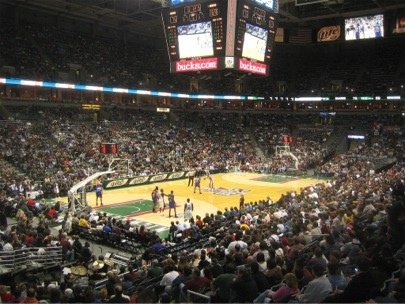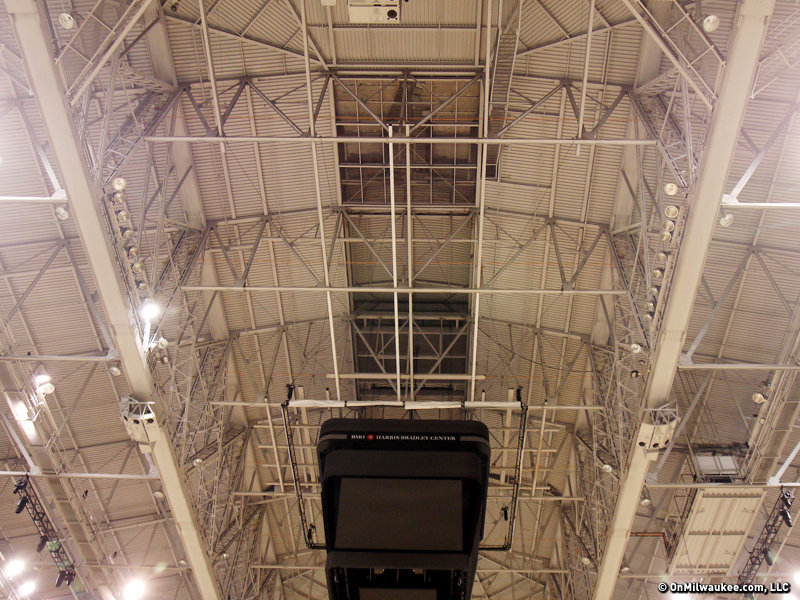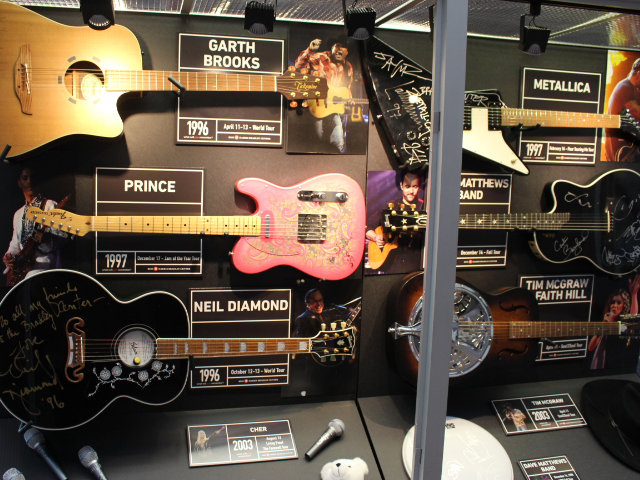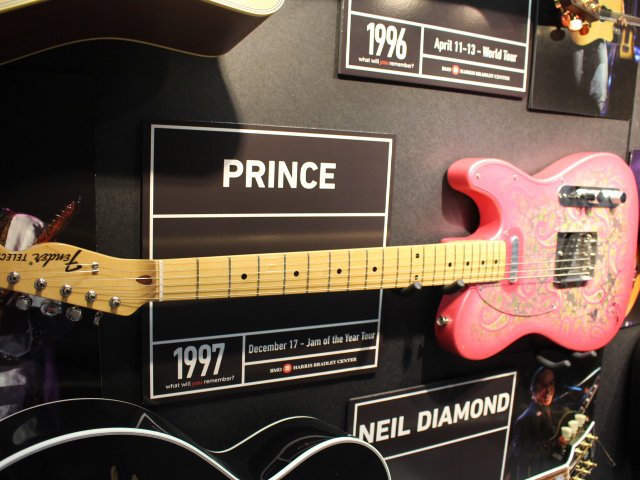Welcome to Saturday Scorecard. Just when you thought it was safe to "summerize" the snowblower...
Our topic today is only slightly more appealing than a snowstorm in late March: the future of the Bradley Center.
What may be the most overlooked and important story concerning the local sports scene moved into the spotlight this week when Gov. Jim Doyle put $5 million into his 2009-2011 capital budget to help pay for maintenance and upgrades to the Bradley Center.
Doyle's proposal calls for $500,000 per year in state bonding authority over a 10-year period beginning with the 2009-2001 biennium to support the Bradley Center.
Not surprisingly, the folks involved with the Bradley Center were encouraged by the news.
"As a state-owned facility, the Bradley Center has always been the people's building and the time has come for the state and people of Wisconsin to invest in its future," Bradley Center chairman Ulice Payne in a statement.
In a statement that shocked many sports fans / taxpayers, the Bradley Center asked for $23 million in improvements and upgrades to things like the HVAC systems, roof and facade, the scoreboard, elevators and escalators, the hockey refrigeration system, parking lots and grounds, lighting and electrical and security systems.
Many of the more than 1.5 million who enter the Bradley Center each year to watch the Bucks, Admirals, Golden Eagles or another concert or cultural event find the place to be clean, comfortable and "good enough" for Milwaukee.
But, it's not going to be good enough for long.
Even if they could be accomplished overnight and for free, the aforementioned upgrades are only going to delay the inevitable. Even casual sports fans are aware that Jane and Lloyd Petitt's 21-year-old gift to the city, though still functional, has become outdated in the world of sports venues because it doesn't offer year-round revenue generators like restaurants and retail shops and the amenities don't match those in newer venues.
* Your parents may be really happy with their 25-year-old TV set and the quality of the color picture they get from their rabbit ear antennas. In a couple months, though, TV signals are going digital and that set won't work without modifications.
* While vacuuming the upstairs guest room, you notice a strange stain where the wall meets the ceiling. You call a handyman who tells you that snow blew up under the rafters and caused the stain. He also mentions, by the way, that you're going to need a new roof within a year.
"I don't think you'll make it through another winter," he says.
You instantly get a queasy feeling in your stomach. When you bought the house five years ago, the inspector said you had about five years left on the roof. You know that you're going to have to pony up thousands of bucks to pay for it, but you don't know how you're going to find the cash.
Thinking about it makes you queasy. So, you don't think about it. Six months pass. Another winter is coming...
That's where we are with the Bradley Center. Nobody really wants to talk about it. Virtually everyone knows -- given the state of the economy and prevailing political mood of the country -- that there is little to no chance of public financing for a new arena. The future of the Bucks, the building's primary tenant, hangs in the balance.
The Packers were able to renovate Lambeau Field and keep the integrity of the structure while still using the facility for games. That's not a realistic option for the Bradley Center. We're going to need a new building, folks. We haven't paid for one since our forefathers built the Arena, which opened in 1950.
We need leadership, cooperation, collaboration and innovation from civic leaders who cannot claim those attributes as strong suits.
Here are some things to consider moving forward:
Bucks owner Herb Kohl will have a difficult to impossible time selling the franchise to local buyers without a stadium deal in place.
Without an accord, or at least some cooperation between the warring factions of Bradley Center board and the Wisconsin Center District Board, a deal seems very unlikely.
The new arena is going to have to be a partnership of public and private interests.
A new arena will likely to need to be part of a larger entertainment complex or development that includes retail, hotels, condos and other revenue-generating venues.
Possible locations include Pabst City, the Park East land and the corridor between Downtown and Miller Park that now features the Harley-Davidson Museum and Potawatomi Casino. The area around Miller Park also could be an option. Another option would be to fold a new arena into an expansion of the Midwest Airlines Center, a $185 million venture that is too small to compete with venues in similar-sized cities.
Construction of a new arena is going to require some tax contributions, unless someone can bring back the idea of a sports lottery or other method.
If one of the suburbs -- like Oak Creek, Franklin, Waukesha or even Racine makes a realistic push toward building an arena, it can help speed the process.
This is a thorny issue that needs to be addressed within the next five years.
Host of “The Drew Olson Show,” which airs 1-3 p.m. weekdays on The Big 902. Sidekick on “The Mike Heller Show,” airing weekdays on The Big 920 and a statewide network including stations in Madison, Appleton and Wausau. Co-author of Bill Schroeder’s “If These Walls Could Talk: Milwaukee Brewers” on Triumph Books. Co-host of “Big 12 Sports Saturday,” which airs Saturdays during football season on WISN-12. Former senior editor at OnMilwaukee.com. Former reporter at the Milwaukee Journal Sentinel.







